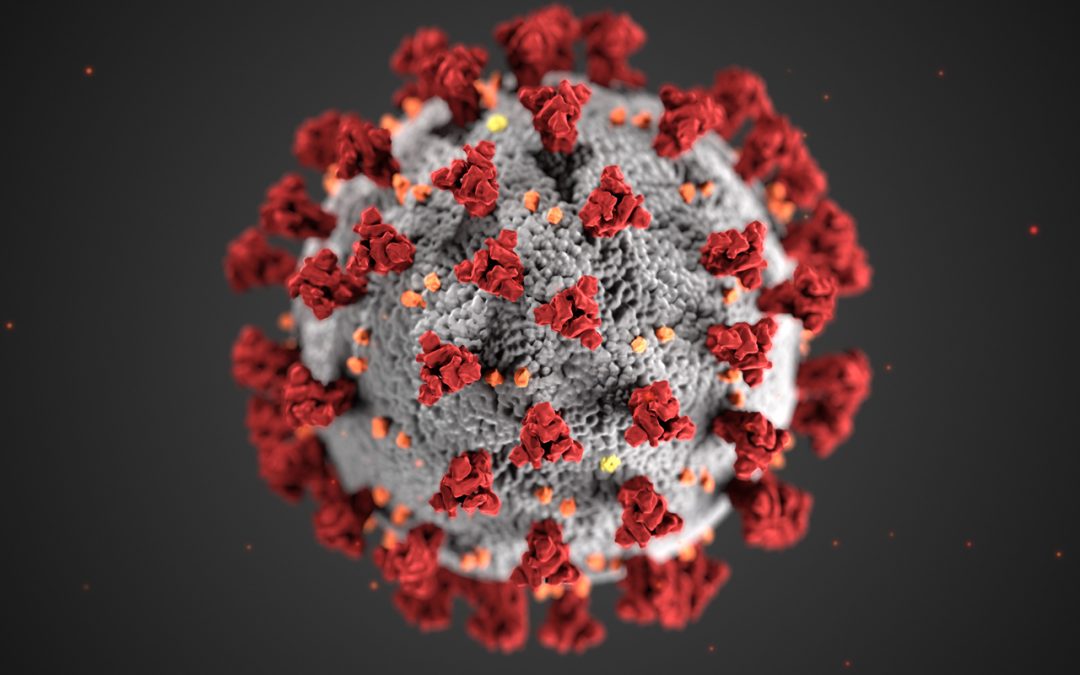Indigenous Services Canada said it is closely monitoring COVID-19 in northeast Saskatchewan, as approximately 18 people in communities within the Peter Ballantyne Cree Nation and Lac La Ronge Indian Band have contracted the virus.
“I think there’s still some active tracking going on, people then dispersed and went back into their communities. So, it has caused what appears to be an initial outbreak in those communities. We’re obviously tracking it quite intensely, and should have more details to follow as part of this,” said Indigenous Services Minister Marc Miller.
“It’s important in all these situations not to judge. I think when you do, it prevents people from disclosing information that is so critical in stamping out COVID, tracking and tracing and full disclosure of information.”
The Peter Ballantyne Cree Nation is in lockdown, prohibiting non-essential inter-community travel. Community schools are closed to be sanitized and possibly reopen Monday.
The Lac La Ronge Indian Band has set up a testing center in Stanley Mission at the Band Hall and is providing necessary supports to those infected and individuals self-isolating due to contact tracing.
Miller explained that First Nations country-wide are seeing an increase in COVID-19 cases, now standing at 209 active cases, the highest since the pandemic started. Miller called the situation scary for First Nations communities.
“It’s very alarming the nature of the transmission, community gatherings, weddings, funerals, gatherings of a religious nature. People having parties, things we all do is something that is very scary. And so, we’re continuing our work and refining our communications message in our discussions with leadership to make sure that they are prepared and that we stand prepared to provide surge capacity and communities,” Miller explained.
A major concern the federal government has in containing COVID-19 on First Nations is overcrowded housing and the inability of some families who are living with multi-generations to properly self-isolate.
“This is one of the reflections that we’ve made clear to ourselves as colleagues in cabinet and reiterated in the in the throne speech, we need to move a little more aggressively on closing that infrastructure gap. Because we know that should we go into another epidemic, we can’t go into that the epidemic with that level of overcrowding and predispositions particularly when it comes to respiratory diseases that Indigenous People face and continue to face,” Miller explained.
Chief Medical Officer of Public Health Dr. Tom Wong is encouraging First Nations to limit non-essential travel, practice physical distancing, wash your hands and stay home if sick to help prevent the spread of the virus.
